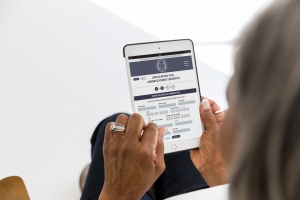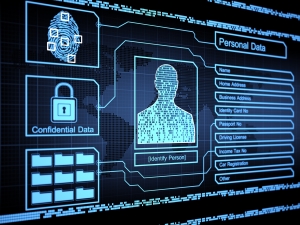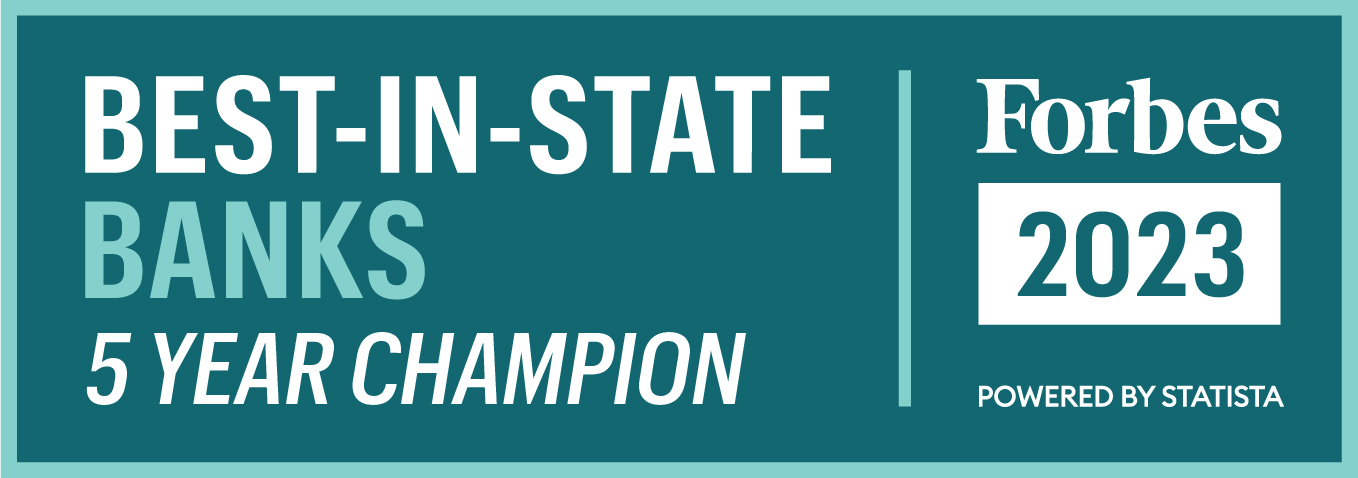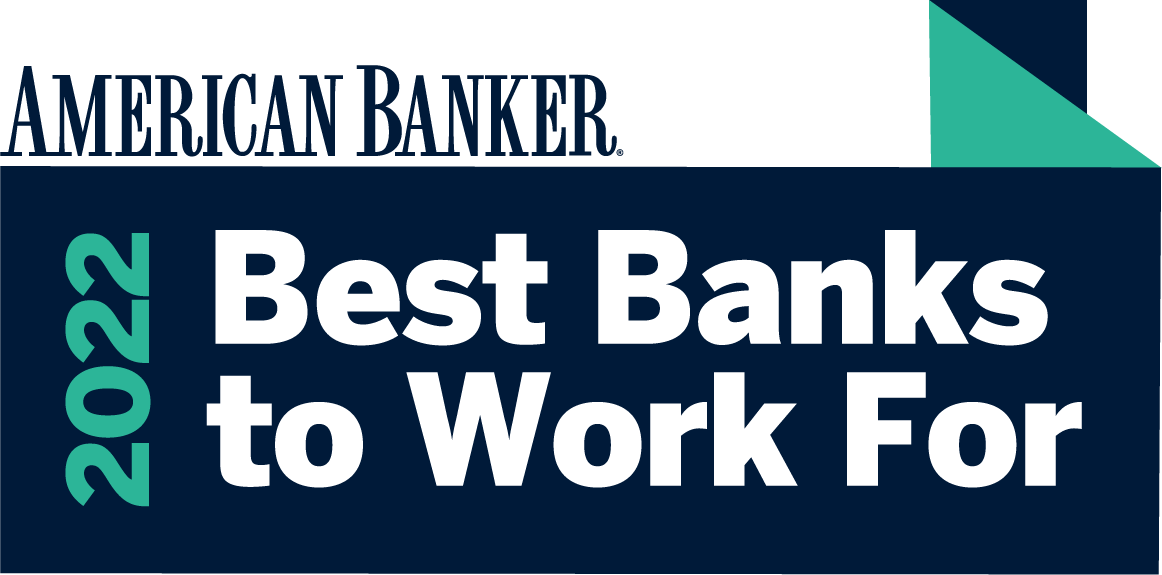The historic number of unemployment claims filed during the pandemic combined with many antiquated state-run systems created a perfect storm for criminals to steal billions of dollars from states across the nation. Perpetrators found it easy to pull off the scam by submitting bogus claims amidst the sea of applications that many agencies simply could not diligently process. The Labor Department inspector general’s office estimates that more than $63 billion has been paid out improperly through fraud or errors—roughly 10% of the total amount paid under coronavirus pandemic-related unemployment programs since March (2020).
Who is committing the crime?
The U.S. Justice Department is investigating unemployment fraud by “transnational criminal organizations, sophisticated domestic actors, and individuals across the United States,” said Joshua Stueve, a spokesman for the department’s criminal division. The crime is executed by using stolen personal identifying information to file a claim. The fraudulent activity has caused major delays in payment of legitimate claims, undue emotional and financial stress for victims and put a spotlight on the urgency for state agencies to upgrade and safeguard their systems.
What’s being done to curb the scam?
While some states are managing better than others, the U.S. Department of Labor’s Office of Inspector General said that by the end of last year, 22 of the 54 state and territorial workforce agencies were still not following its repeated recommendation to join a data exchange run by the National Association of State Workforce Agencies. This system checks Social Security numbers to see if they are being used on claims submitted in other states, linked to deceased people or utilized for other types of scams. According to the Office, the exchange identified a Social Security number used on claims in 40 states and 29 of the states paid claims totaling more than $220,000 for that one specific number.
The Labor Department has a contract with security vendor ID.me to provide multi-factor identity verification services to help agencies verifty that a worker’s identity is authentic. More than 20 states are using the nationally-recognized service which the Labor Department says should only be used by people who have been instructed to so by the Labor Department. Available in several languages, users can complete the verification process in just a few minutes using a computer, mobile phone or live video conference.
Joining the data exchange and using the ID.me service are ways states can mitigate this obscure and costly crime, but individuals can also support the effort to stop unemployment benefits fraud.
How can you help stop this type of financial crime?
In this type of scam, individuals are often not aware a crime has been committed until they receive a notice from their state unemployment benefits office or their employer about an application applying for unemployment benefits. Unfortunately, at this point the damage is done. Benefits may have already been paid to an account controlled by the criminals, but perhaps more upsetting is that the victim now knows their personal identifying information has been comprised.
You can be part of the solution by reducing the chance that your personal information is stolen. Follow these basic tips to help protect your identity and financial data:
- Review bank statements, credit card statement and other financial account statements regularly
- Check utility bills, medical bills, and medical insurance statements for accuracy
- Use Credit Sense often to spot potentially fraudulent activity. This online and mobile banking tool provides easy access to check your credit score, view full credit reports and offers personalized tips to enhance your credit. Change passwords frequently for email, social channels and any other sites that require them. Tip: Don’t use the same password for multiple sites!
- Install and update security protection software computers, tablets and mobile devices
For more detailed tips, read10 Ways to Protect Your Private Information.

Has your personal data been misused on an unemployment benefits claim?
First, take a deep breath and know there are resources to help! You’ll have some work to do, but the key is to keep a meticulous record of events, conversations, confirmation numbers and any other important details to help manage the process. Then, get started by reporting the fraud to the following:
- Your current or previous employer
- The state unemployment agency that issued the fraudulent claim – the U.S. Department of Labor webpage has information about how to contact a state agency
- S. Department of Justice’s National Center for Disaster Fraud (NCDF) -- file an NCDF Complaint Form online or call 866-720-5721 for assistance
- Federal Trade Commission (FTC) – visit gov to report the identity theft to the FTC and get step-by-step recovery help
The IdentityTheft.gov site is a valuable resource and offers guidance for victims on other steps to take such as placing a free, one-year fraud alert on their credit, getting their free credit reports, issuing a credit freeze to their credit report, closing fraudulent accounts opened in their name, and more.
Unemployment benefits fraud is affecting tens of thousands of people and ongoing investigations are revealing that the wide-spread, largely-organized crime spree is causing an exorbitant amount of financial damage. Lakeland is doing its part to help stop financial crimes by raising awareness and ensuring our associates are properly trained to spot these types of scams. And, you can do your part too by staying alert to signs of potential identity theft and sharing this blog with family and friends!
To learn more about how you can protect yourself and how we make your security a priority visit LakelandBank.com/IDTheft.
Have questions, comments or concerns? We’re here to help! Call us toll free at 866-224-1379 or send an Email to Support at LakelandBank dot com.




